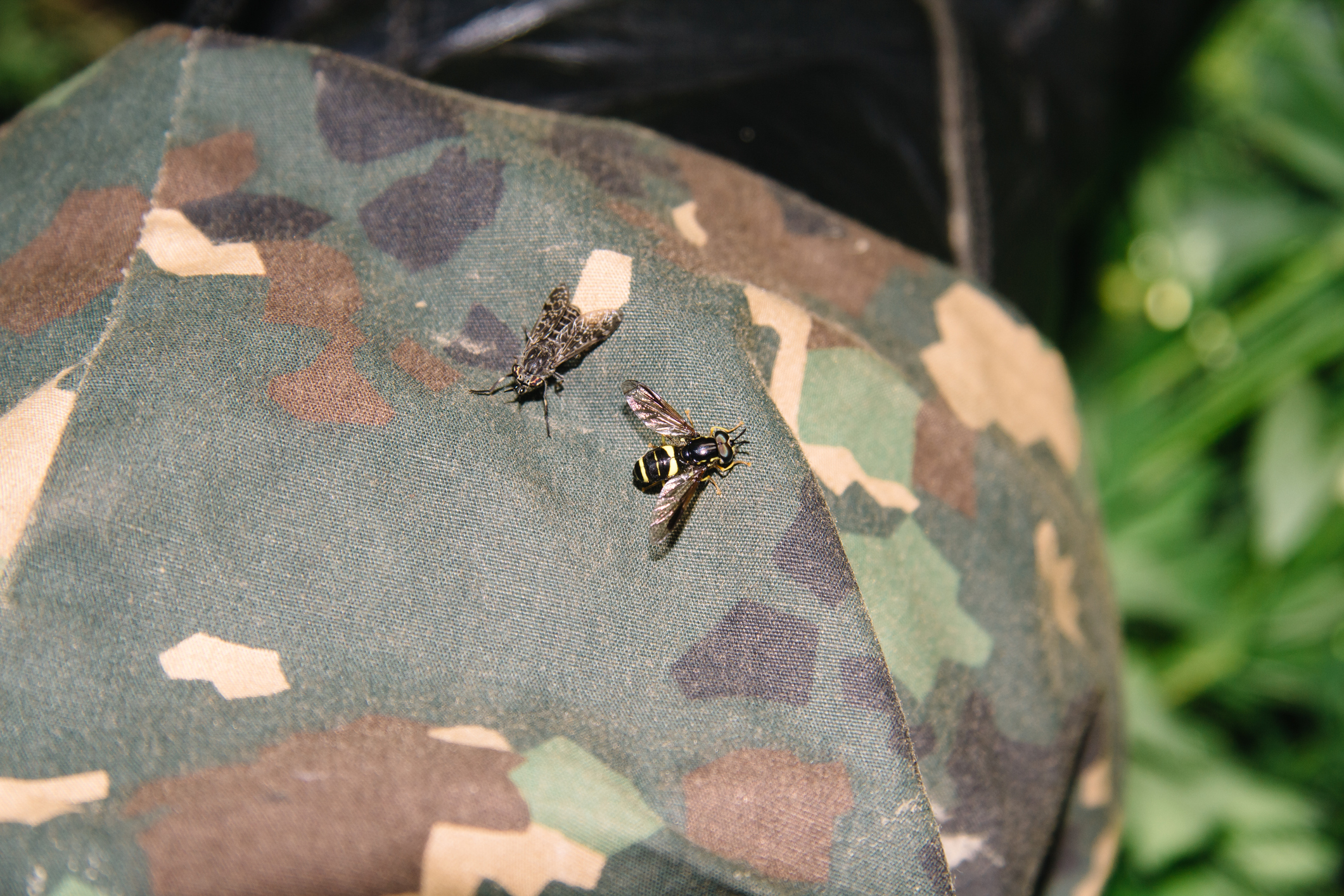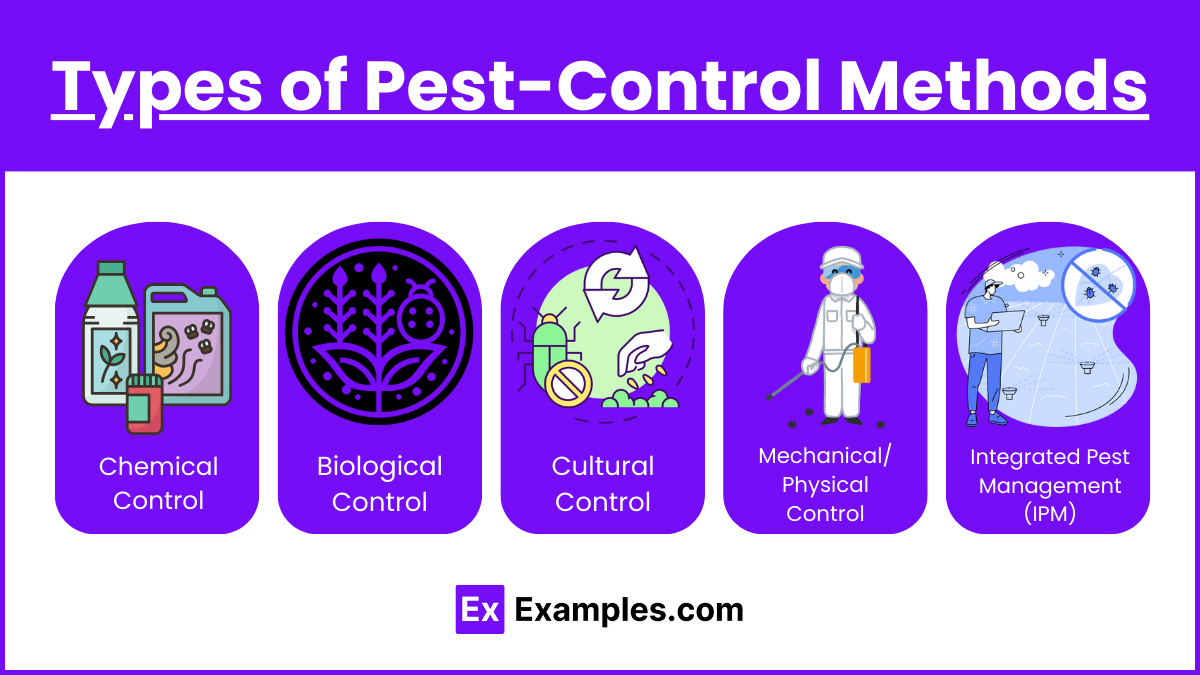Pestwise - Questions
Table of ContentsGetting The Pestwise To WorkThe Buzz on PestwiseTop Guidelines Of PestwiseThe Greatest Guide To PestwisePestwise Things To Know Before You BuyThe Main Principles Of Pestwise The 6-Second Trick For Pestwise

Q. Define "integrated pest monitoring" (IPM) and listing several feasible control strategies that may be utilized in an IPM strategy. A. Integrated bug management is the combining of ideal bug control strategies right into a single strategy to decrease parasites and their damage to an acceptable degree. Pest control methods might include: host resistance, organic control, cultural control, mechanical control, hygiene, and chemical (pesticide) control.
Some Known Facts About Pestwise.
What can you do to maintain the insects you are attempting to control from coming to be resistant to the chemicals you use? A. Bug resistance can be decreased by making use of integrated parasite administration and rotating the kinds of pesticides utilized.
Pests are a crucial hazard to the farming company, and incorporated pest monitoring helps cultivators address and alleviate these threats. Integrated parasite monitoring makes use of several approaches in complex, therefore being a much more reliable solution to the problem. Termite Control. Specifically, removing aggressive chemical techniques permits for decreasing injury to individuals and the environment by utilizing all-natural and much safer choices instead
The 3-Minute Rule for Pestwise
The objective of incorporated parasite monitoring is to decrease this damage and control appropriate invasion degrees instead of get rid of all undesirable populations. This is why it is very important to understand what measures are warranted in each situation and usage aggressive ones only when various other integrated management methods don't function. Integrated management mitigates the unfavorable repercussions of a non-IPM strategy, and the major benefits of IPM Benefits of IPM.
A proper understanding of the invasion scope figures out if the problem should be attended to. are the next components of an IPM program due to the fact that it is very important to understand if the organisms make potential threats and choose the integrated management alternatives or the certain pesticide usage. intend to reduce invasions by applying various agronomic techniques.
The Pestwise Diaries
if prevention was inadequate. Integrated management choices in an IPM program beginning with safer to extra aggressive ones. Target or program chemical spraying might comply with hand-operated removal or capturing that hasn't aided. Those incorporated administration aspects assist understand how to intend and execute an IPM program detailed: Monitor your crops consistently.

To name a few, IPM social approaches include the complying with area management methods: dirt therapy; selection of ideal plants; plant rotation; interplanting or strip chopping; choice of growing days; weed control; use catch plants. Favorable dirt problems speed up plant development, and strenuous crops are extra resistant to problems. Mosquito Control. In integrated bug monitoring, soil screening aids recognize if the area is suitable for the manufacturing of this or additional hints that crop, and afterwards apply the lacking nutrients to guarantee plant healthy development
Get This Report about Pestwise
No-till practices aid stop soil disintegration, adding to sustainable farming. When tilling is necessary, it is advised to conduct it in the autumn to expose them to all-natural opponents and extreme weather condition. Healthy plants and seeds predetermine effective crop growth, so it is very important to choose pest-free growing material with solid origins.
, which is also utilized in the incorporated bug monitoring system. Alternatively, problems increase when plants of the same crop type or family members expand together.
Likewise, potato beetles can damage growing potatoes, in addition to tomatoes. Planting trap plants in spots is another choice for IPM intercropping. This incorporated parasite management technique recommends bring in pests to certain plants and after that regulating them with chemical or mechanical strategies. Specifically, you can expand soybeans as catch crops for Japanese beetles.
Pestwise - The Facts
Obstacles are case in points of physical IPM techniques. Let's take a better look at them. Getting rid of or picking bugs out manually is a time and labor-consuming choice that is extensively applied in incorporated management and natural farming. Fully grown bugs or their eggs and larvae are accumulated by hand and destroyed.

Department of Plant Sciences. University of Missouri. Dirt solarization is a reliable integrated monitoring technique to sanitize the area by heating it in a natural method. This incorporated management technique indicates an usual means of ruining parasites by predators, parasitoids, microorganisms, and other biological control representatives (also known as hostile organisms). The role of biological control in IPM is to.
Pestwise - An Overview
With time, their population turned out to be a real nuisance to farmers alongside aboriginal kangaroos or dingoes. The walking cane toad is one more situation illustrating incorporated organic control failure in this regard when it refused to quest the target varieties and ended up being an insect itself. Parasitoids develop on or within their hosts to at some point eliminate them after maturing.